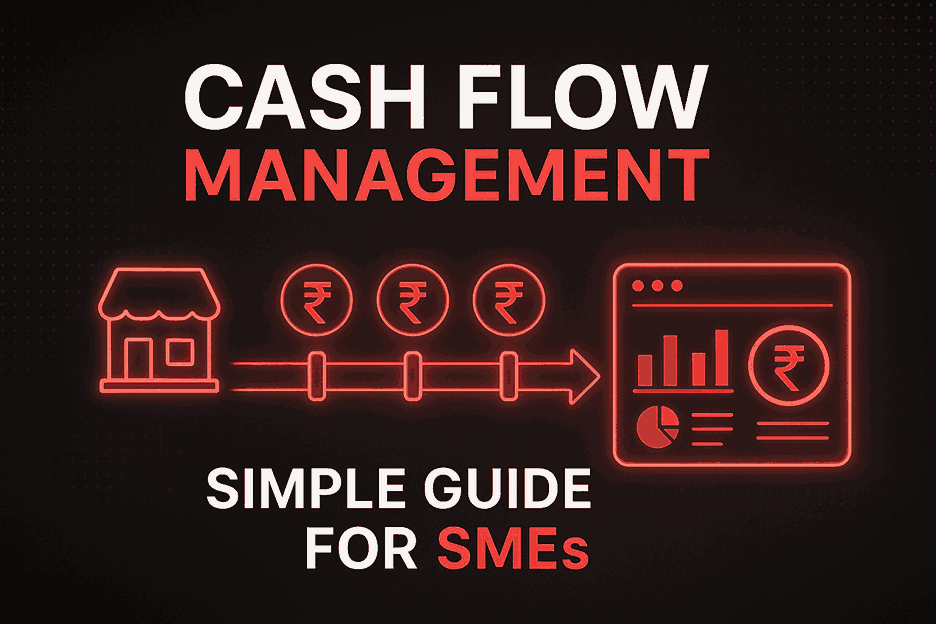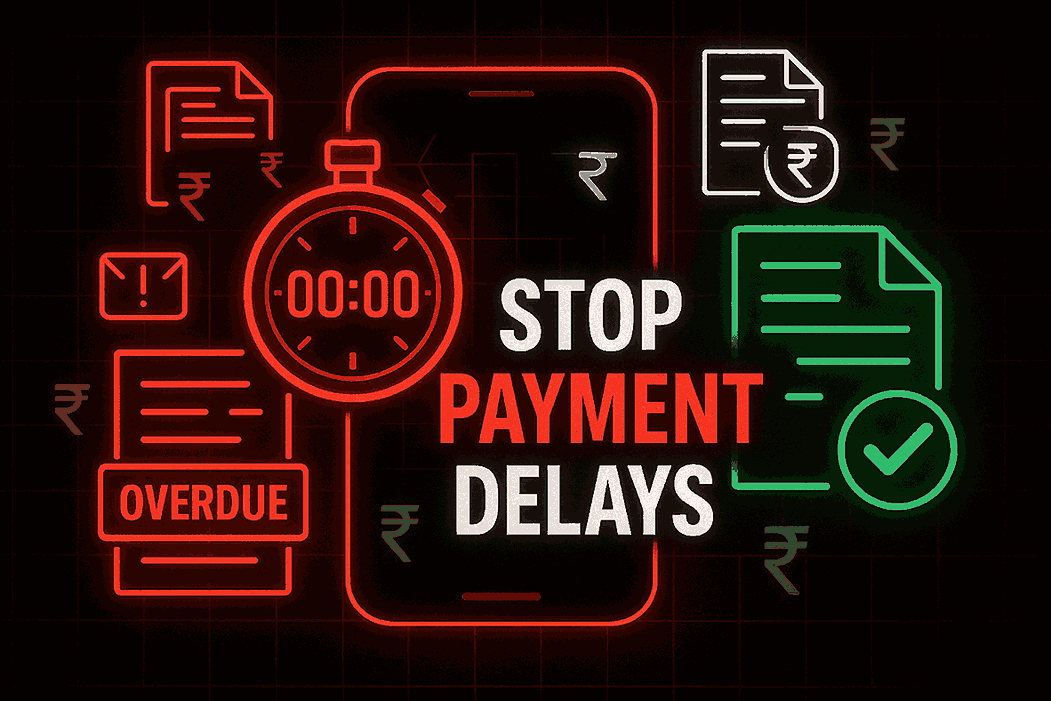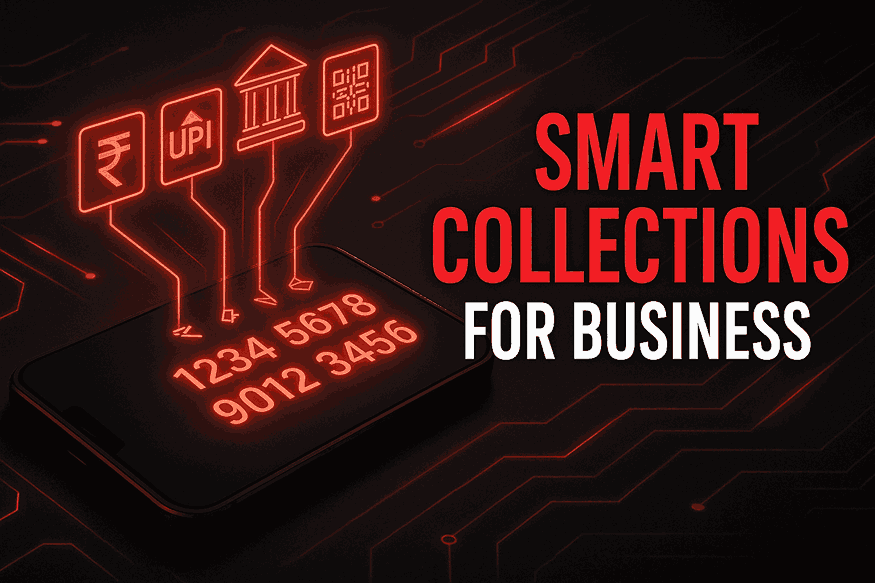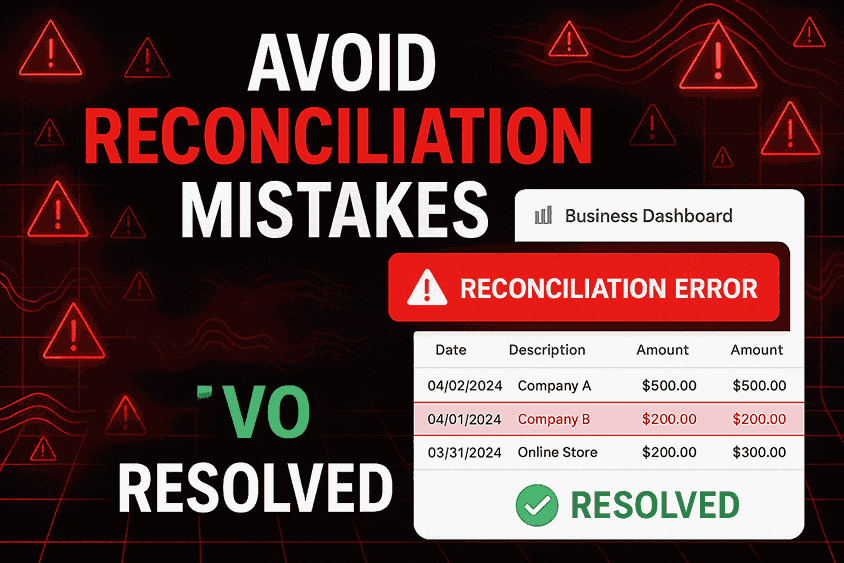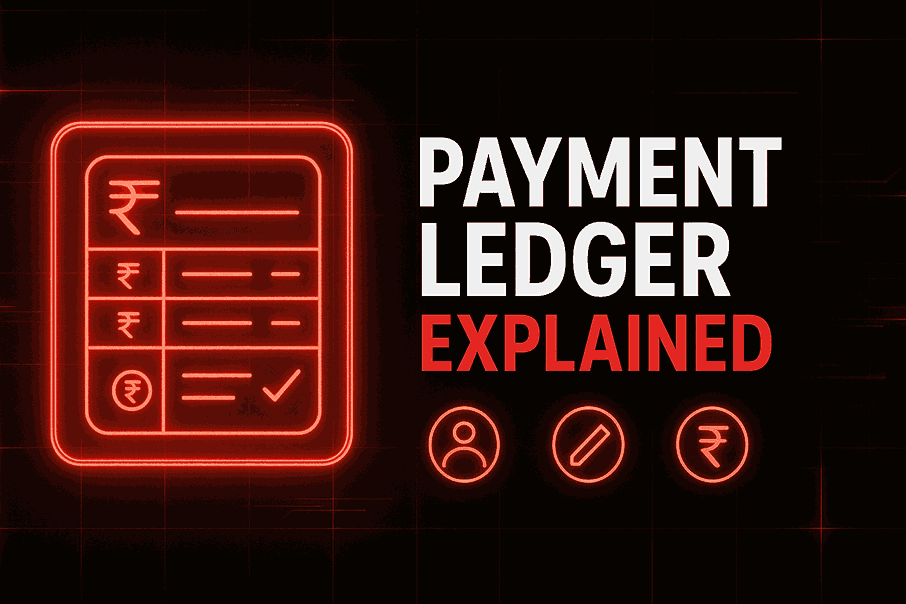Fraud Prevention : Advanced Strategies to Safeguard the Financial Ecosystem

Fraud can strike any business, big or small-at any time. With evolving digital landscapes and increasingly sophisticated scams, it’s more important than ever to implement robust fraud prevention strategies. Whether you run an e-commerce store, a financial institution, or a local service business, staying ahead of fraudsters is crucial.
Table of Contents:
Why Is Fraud Prevention Crucial in 2025?
11 Powerful Fraud Prevention Strategies to Avoid Scams
The 5 Biggest Challenges B2B Brands Face in Understanding User Behavior
How does fraud prevention work?
FAQs
Conclusion
Why Is Fraud Prevention Crucial in 2025?
As digital transactions surge, fraud threats are growing at an unprecedented rate. In 2025, cybercriminals are employing advanced tactics, including deepfake identity fraud, phishing campaigns, and AI-powered malware.
Key Statistics of Fraud Prevention
Global business losses to fraud exceeded $5 trillion in 2024.
Sixty-seven percent of small businesses reported at least one attempted fraud.
The average loss per business: $120,000.
11 Powerful Fraud Prevention Strategies to Avoid Scams
Fraud prevention isn’t just a technical task—it's a vital part of business survival and customer trust.
1. Understand the Types of Business Fraud
Knowledge is the first line of defense. Recognize the different types of fraud to prepare effective countermeasures.
a. Financial Statement Fraud
Involves the manipulation of records to deceive stakeholders.
b. Cyber Fraud
Includes phishing, ransomware, and malware attacks targeting systems or financial data.
c. Identity Theft
Fraudsters use stolen identities to make unauthorized purchases or access sensitive information.
d. Employee Fraud
Internal fraud includes expense report manipulation or theft of assets.
2. Implement a Strong Internal Control System
Internal controls are policies and procedures that protect against fraud.
Tips:
Separate duties among staff.
Perform monthly reconciliations.
Require management approvals for large transactions.
Internal audits ensure transparency and accountability.
3. Use Multi-Factor Authentication (MFA)
Passwords alone aren't enough anymore. MFA adds layers of protection.
Benefits:
Prevents unauthorized logins.
Protects cloud-based tools and accounts.
Reduces risk from phishing attacks.
Use MFA on employee systems, email, and customer portals.
4. Conduct Regular Security Audits
Security audits help detect system vulnerabilities before hackers do.
Checklist:
Test software for breaches.
Evaluate access permissions.
Review data flow and encryption protocols.
Hire third-party auditors annually or biannually for objective insights.
5. Educate Employees on Fraud Awareness
Employees are your first line of defense—or the weakest link.
Training tips:
Run phishing simulation drills.
Share real scam case studies.
Train on the secure handling of sensitive data.
Make fraud education part of onboarding and quarterly updates.
6. Monitor Transactions in Real Time
Transaction monitoring detects unusual patterns quickly.
Tools:
Fraud detection software like Sift or Signifyd
Real-time alerts for flagged transactions
Daily reconciliation tools
Early detection can save your business thousands.
7. Secure Customer Data with Encryption
Data breaches can destroy trust and attract legal trouble.
Best practices:
Use SSL/TLS encryption on your website.
Store data in encrypted databases.
Encrypt emails with sensitive information.
Protecting customer data also keeps you compliant with regulations like GDPR and CCPA.
8. Establish a Whistleblower Policy
Encourage reporting of suspicious activity internally.
Key elements:
Anonymous submission options
No retaliation policy
Clear investigation process
According to the ACFE, tips are the most common method of fraud detection.
9. Partner with Reputable Payment Processors
Fraud-prone payment gateways can sink your business.
Look for:
PCI-DSS compliance
Fraud protection layers
Chargeback management
Trusted processors like Stripe, Razorpay, or PayPal come with built-in security tools.
10. Create a Fraud Response Plan
When fraud occurs, a quick and organized response can minimize losses.
Include:
A fraud incident response team
Customer notification templates
Steps to isolate and recover data
Review your response plan quarterly and test it once a year.
11. Use AI and Machine Learning for Threat Detection
AI can spot fraud patterns that humans might miss.
Features:
Behavioral analytics
Pattern recognition
Automated alerts
Tools like Kount, Darktrace, or IBM Security QRadar help automate fraud detection.
Learn more about: sprintnxt. in
The 5 Biggest Challenges B2B Brands Face in Understanding User Behavior
In B2B marketing, understanding user behavior isn’t easy — long sales cycles, multiple decision-makers, and fragmented touchpoints make it a complex task. But decoding how users interact with your brand is the key to better targeting, nurturing, and conversion.
Let’s explore the 5 biggest challenges B2B companies face and how to solve them.
Challenge 1: Complex Buyer Journeys with Multiple Decision-Makers
Problem: In B2B, it’s rarely one person making the decision. There could be 5–7 stakeholders - from procurement to marketing to finance-all influencing the purchase.
Solution: Use CRM and marketing automation tools to track behavior across departments.
Map out buyer personas and create tailored content for each stage of the journey.
Leverage account-based marketing (ABM) to target all decision-makers in a single company.
Challenge 2: Data is Scattered Across Multiple Platforms
Problem: User data is often fragmented — email data in one tool, website data in another, and sales interactions elsewhere.
Solution: Unify data through a Customer Data Platform (CDP) or an integrated CRM system
Use multi-touch attribution to understand which channels drive engagement
Set up central dashboards for sales, marketing, and customer success teams
Challenge 3: Low Visibility into Anonymous Website Visitors
Problem: Many B2B buyers research anonymously before they ever fill out a form or reach out. You’re losing insights into early-stage behavior.
Solution: Use intent data providers or tools like Leadfeeder or Clearbit Reveal to identify anonymous visitors
Track firmographic data to know which companies are visiting
Offer valuable gated content to encourage early conversion
Challenge 4: Misalignment Between Sales and Marketing
Problem: Sales and marketing often work in silos, leading to inconsistent messaging and lost behavioral insights.
Solution: Set shared KPIs for both teams (like MQL to SQL conversion rate)
Conduct regular alignment meetings
Share behavioral insights and content performance across teams
Challenge 5: Long Sales Cycles Make Tracking Difficult
Problem: B2B sales cycles can last weeks or even months, making it hard to maintain engagement and understand which touchpoints really matter.
Solution: Use lead scoring models to track engagement over time
Send personalized content and drip campaigns based on user behavior
Analyze behavior trends at each stage and adjust content accordingly
What is the difference between fraud prevention and fraud detection?
Approach | Proactive | Reactive |
Aspect | Fraud prevention | Fraud detection |
Definition | Actions taken to stop fraud before it happens | Actions taken to identify fraud after it starts |
Goal | Block fraud entirely and protect systems/users | Identify and respond to fraud as early as possible |
Related article: Fraud Detection Financial Transaction
How does fraud prevention work?
Steps in Fraud Prevention: How It Works
Here are the key steps involved in fraud prevention, explained in a clear and easy-to-follow format:
1. Data Collection
Gather customer information (e.g., device data, login history, IP address, behavior patterns).
Collect transaction details (amount, time, location, etc.).
2. User Verification & Authentication: Authenticate users via:
Passwords or PINs
OTPs (One-Time Passwords)
Biometric data (fingerprint, facial recognition)
Two-factor or multi-factor authentication (2FA/MFA)
3. Risk Assessment: Assign a risk score to each action (like login or payment) based on:
User behavior
Device used
Geo-location
Past transaction history
4. Real-Time Monitoring:
Continuously monitor transactions and activities in real time.
Use AI and machine learning to detect anomalies (e.g., sudden high-value transactions).
5. Flagging Suspicious Activity: If the system detects unusual or high-risk behavior:
The activity is flagged for review.
The user is notified or temporarily blocked.
Extra verification is triggered (step-up authentication).
6. Decision Making: An automated system or a fraud analysts decide whether to:
Approve the transaction
Decline or block it
Request manual verification from the user
7. Action & Alert:
Action is taken based on the risk level.
Alerts are sent to:
Security teams
Customers (via SMS, email, or app)
8. Investigation & Reporting:
For serious fraud cases, a detailed investigation is launched.
Reports are generated for:
Internal review
Regulatory compliance (as required by law)
9. Continuous Improvement
Systems learn from past fraud attempts.
AI models are updated regularly.
New fraud patterns are added to databases.
Read more: Domestic Money Transfer Work Benefits Process
Conclusion: Fraud detection
Fraud prevention in 2025 is not optional—it’s essential. As scammers become increasingly sophisticated, your strategies must evolve accordingly. By implementing these 11 proven fraud prevention tactics, you’re not just securing your assets but also building trust with customers and partners.
FAQs: Fraud Prevention
What is the prevention of fraud?
Fraud prevention involves implementing a strategy to detect fraudulent transactions or banking actions, thereby preventing these actions from causing financial and reputational damage to both the customer and the financial institution (FI).
How can we prevent fraud in the workplace?
5 Ways to Mitigate Fraud Risk
Monitor your data.
Establish proactive communication with employees around fraud.
Implement company policies on confidentiality and nondisclosure.
Set up a whistleblower hotline.
Hire the right people.
How to prevent fraud in the government?
Conduct a fraud risk assessment: One of the most effective ways to prevent fraud is to conduct a fraud risk assessment. This type of assessment will identify where and how fraud could occur, as well as who might be in a position to commit fraud.
How to prevent fraud in the future?
This involves integrating advanced technologies such as AI and machine learning, continuously educating customers and employees, and regularly updating internal processes to stay ahead of evolving threats.
How can banks prevent check fraud?
Check Positive Pay is an automated system that many banks offer that helps them detect check fraud by comparing a company's issued checks with checks presented for payment.
















